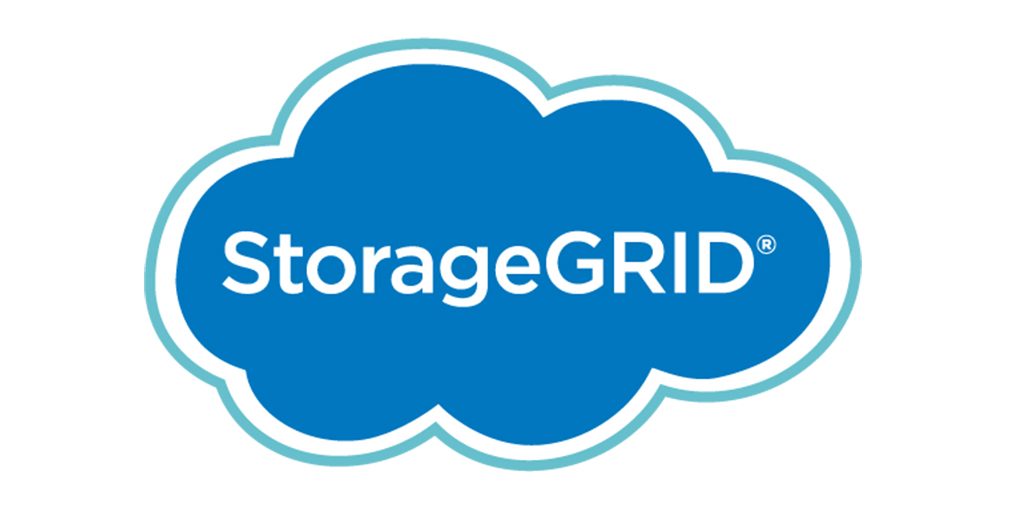NetApp Cloud Volumes ONTAP – Understanding Offerings, Licensing, Pricing, and More
The sky above the port was the color of television, tuned to a dead channel. “All these different licensing tiers are confusing,” Judsonian heard someone say, as he shouldered his way through the crowd around the door of NetApp. “It’s like someone took a simple concept and set the difficulty to 11.” It was a Cloud voice and a Cloud joke. Simply put, NetApp’s Cloud Volumes ONTAP (CVO) is a simple great product. The licensing around it, well, that’s a lot more cumbersome. CVO – What is it? How is it licensed? CVO is NetApp’s ONTAP software running in AWS,[…]
Read more
